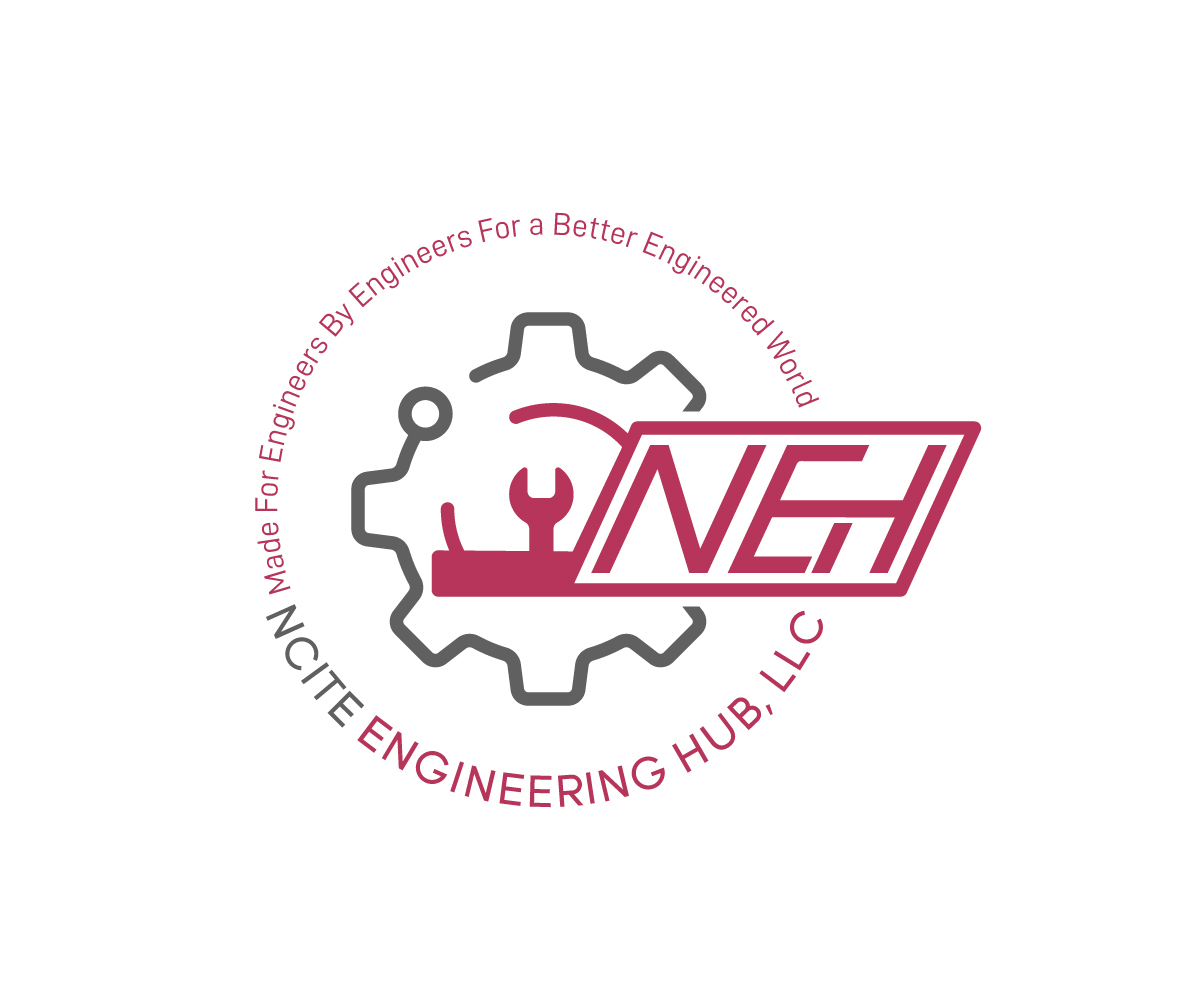-
×
 E - 1112 Package Plants for Wastewater Treatment
1 × $50.00
E - 1112 Package Plants for Wastewater Treatment
1 × $50.00 -
×
 E - 1117 Introduction to Biofuels
1 × $75.00
E - 1117 Introduction to Biofuels
1 × $75.00 -
×
 E - 1104 Domestic Wastewater Treatment Overview
2 × $75.00
E - 1104 Domestic Wastewater Treatment Overview
2 × $75.00 -
×
 E - 1109 Design of Small Water Systems
2 × $150.00
E - 1109 Design of Small Water Systems
2 × $150.00 -
×
 E - 1110 Ponds – Planning, Design, and Construction
1 × $150.00
E - 1110 Ponds – Planning, Design, and Construction
1 × $150.00 -
×
 E - 1111 Disinfection with Peroxone
1 × $50.00
E - 1111 Disinfection with Peroxone
1 × $50.00 -
×
 E - 1116 Pumping System Performance Improvement
1 × $125.00
E - 1116 Pumping System Performance Improvement
1 × $125.00 -
×
 E - 1125 Centrifugal and Positive Displacement Pump Basics
1 × $75.00
E - 1125 Centrifugal and Positive Displacement Pump Basics
1 × $75.00 -
×
 E - 1105 Flow Measurement in Pipes and Ducts
1 × $100.00
E - 1105 Flow Measurement in Pipes and Ducts
1 × $100.00 -
×
 E - 1115 Sharp-Crested Weirs for Open Channel Flow Measurement
1 × $75.00
E - 1115 Sharp-Crested Weirs for Open Channel Flow Measurement
1 × $75.00
Subtotal: $1,150.00

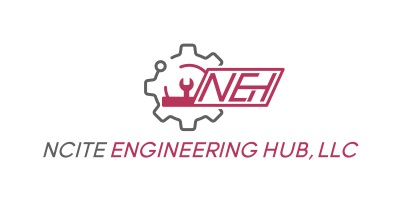
 E - 1112 Package Plants for Wastewater Treatment
E - 1112 Package Plants for Wastewater Treatment  E - 1117 Introduction to Biofuels
E - 1117 Introduction to Biofuels  E - 1104 Domestic Wastewater Treatment Overview
E - 1104 Domestic Wastewater Treatment Overview 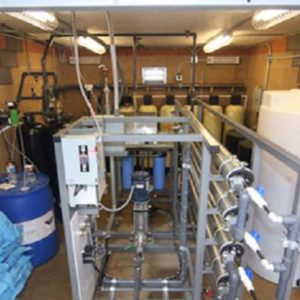 E - 1109 Design of Small Water Systems
E - 1109 Design of Small Water Systems  E - 1110 Ponds – Planning, Design, and Construction
E - 1110 Ponds – Planning, Design, and Construction  E - 1111 Disinfection with Peroxone
E - 1111 Disinfection with Peroxone 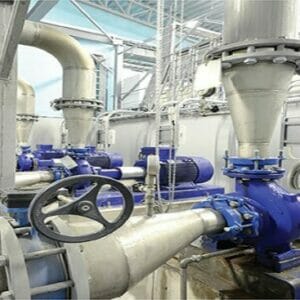 E - 1116 Pumping System Performance Improvement
E - 1116 Pumping System Performance Improvement 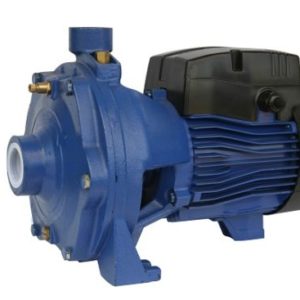 E - 1125 Centrifugal and Positive Displacement Pump Basics
E - 1125 Centrifugal and Positive Displacement Pump Basics 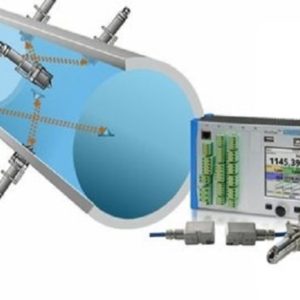 E - 1105 Flow Measurement in Pipes and Ducts
E - 1105 Flow Measurement in Pipes and Ducts 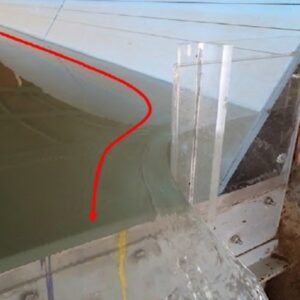 E - 1115 Sharp-Crested Weirs for Open Channel Flow Measurement
E - 1115 Sharp-Crested Weirs for Open Channel Flow Measurement 
